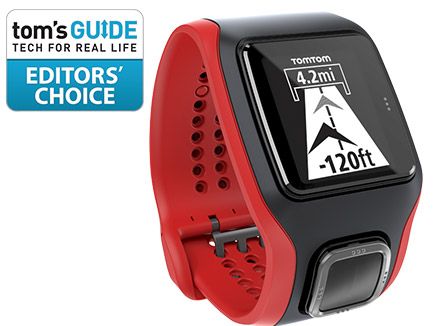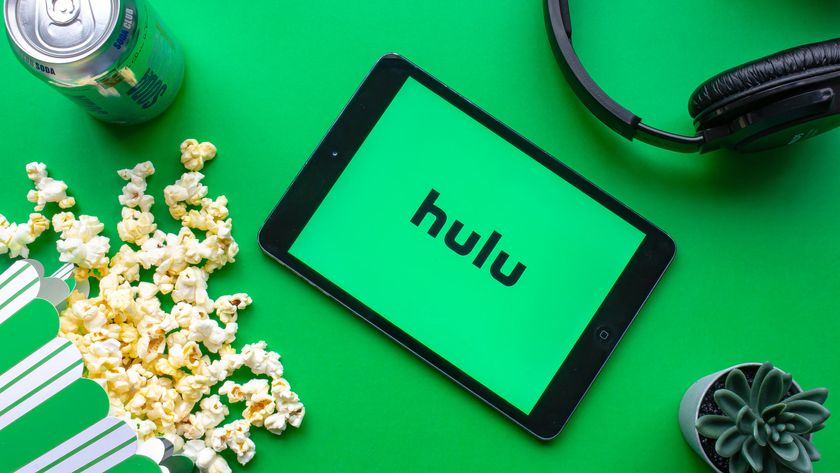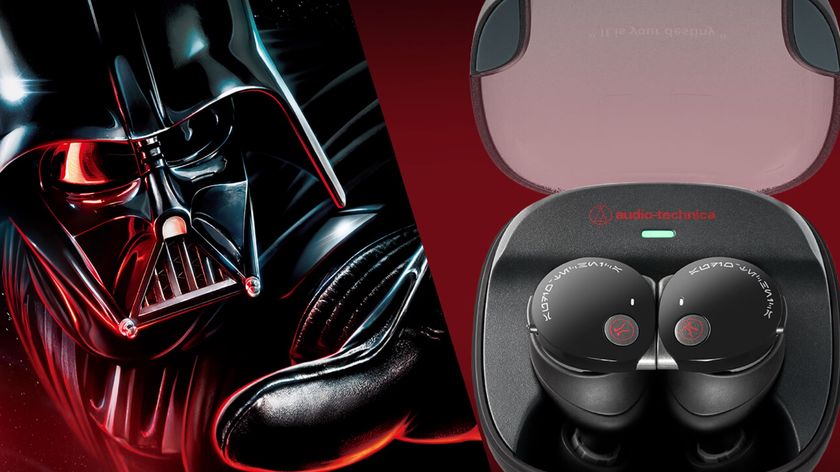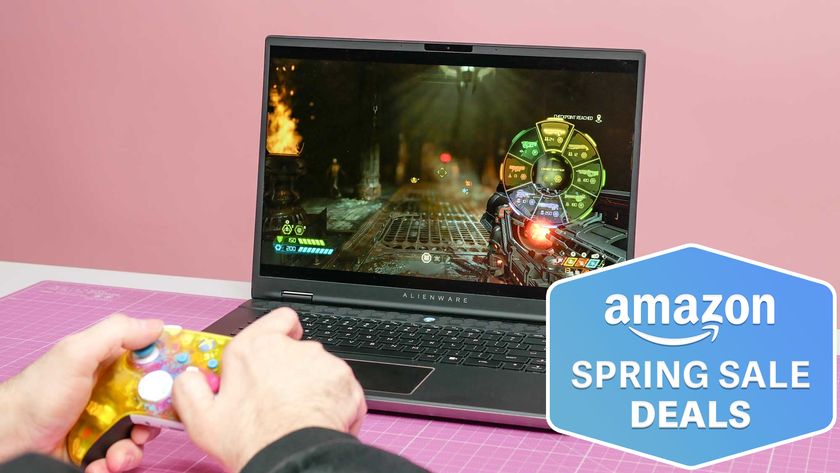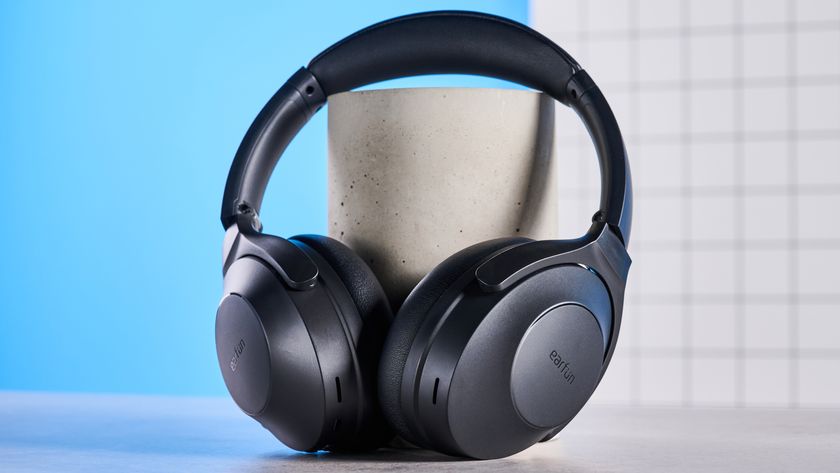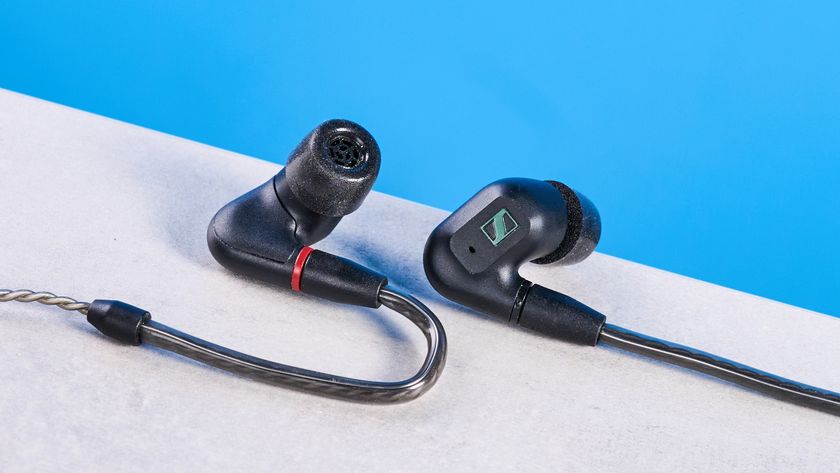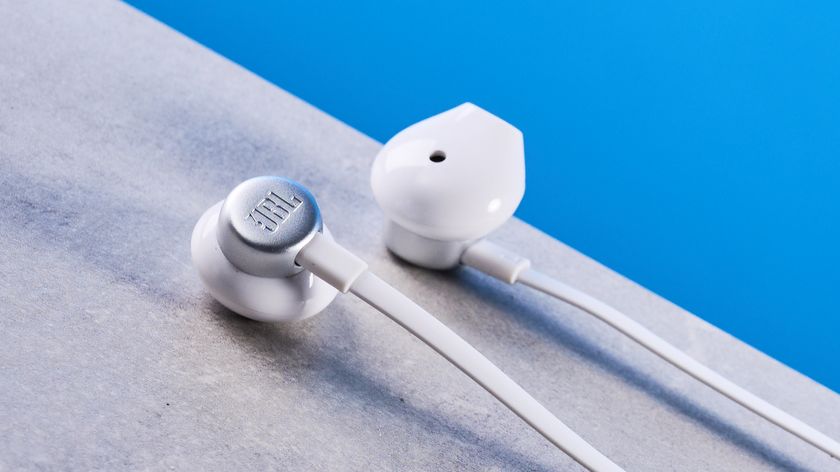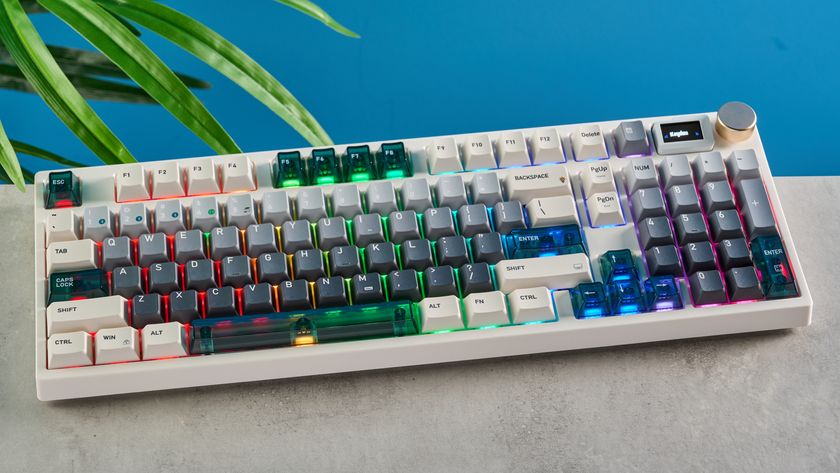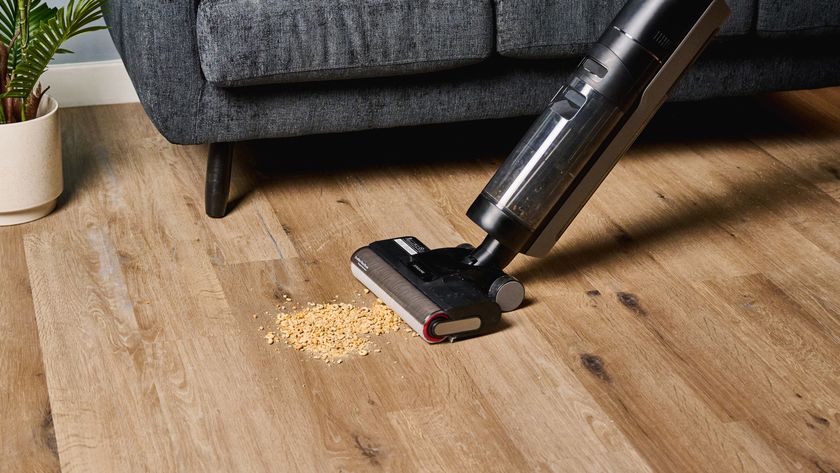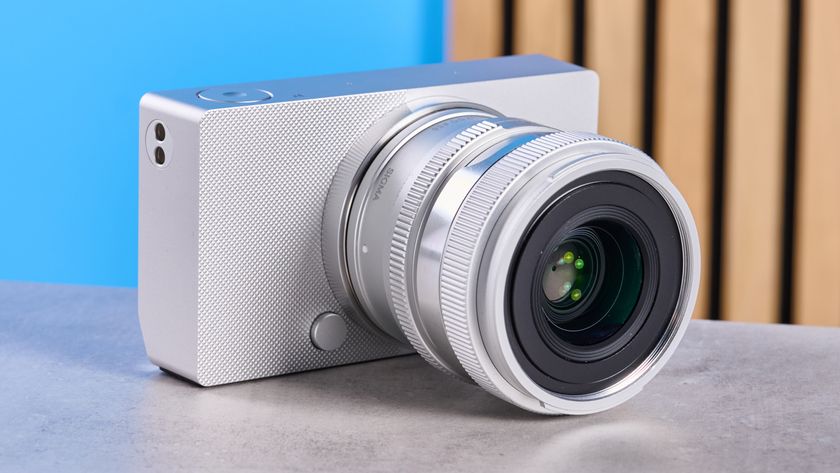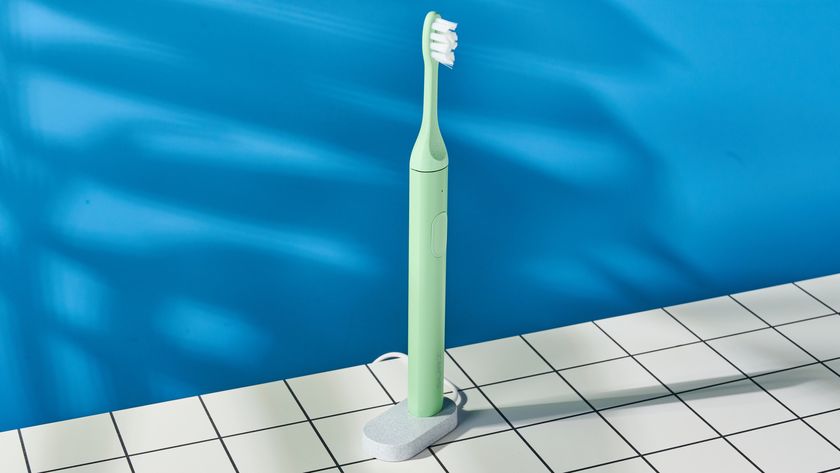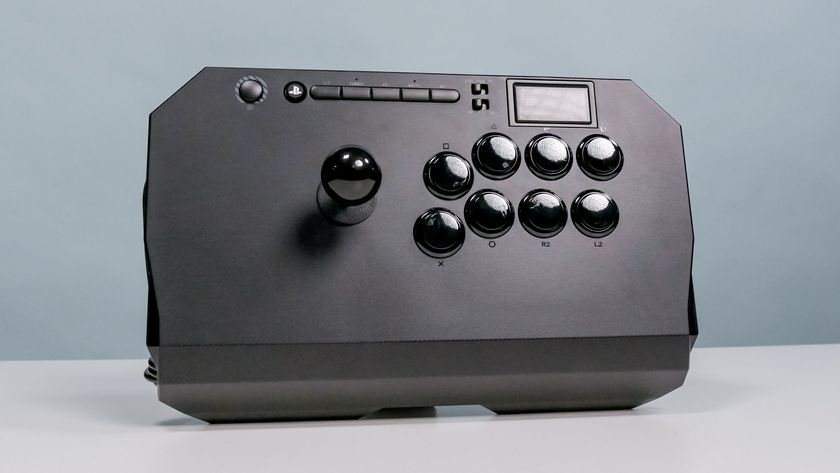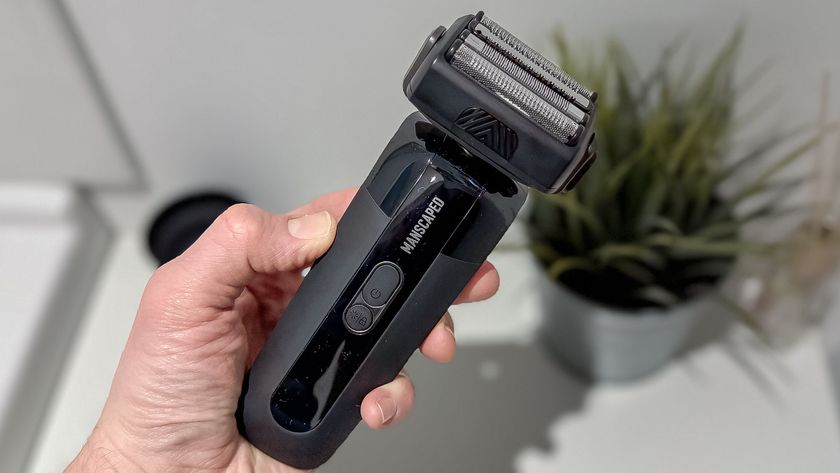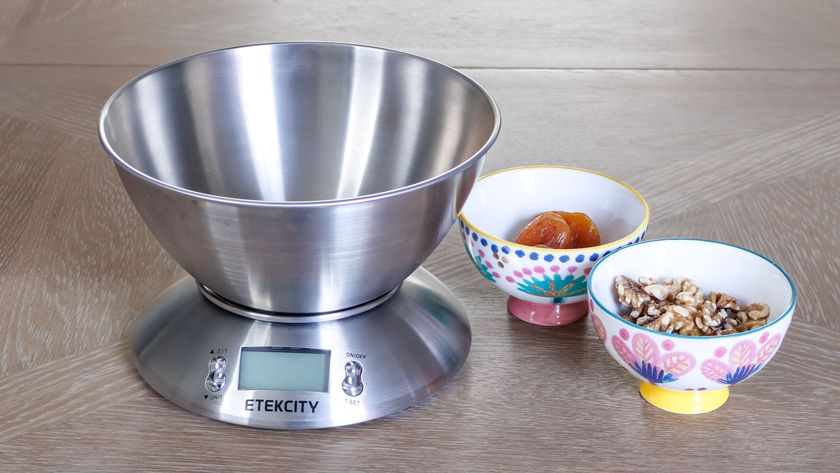Tom's Guide Verdict
With a built-in heart-rate monitor, the TomTom Runner Cardio is the most complete GPS running watch yet.
Pros
- +
Built-in heart-rate sensor
- +
Easy-to-read display
- +
Intuitive mobile app
Cons
- -
Doesn't record split times
- -
Can't share results to social networks
Why you can trust Tom's Guide
Exercisers have known for a long time that training at a particular heart rate will help you get the most out of your workout. However, until now, this has meant strapping a device to your chest or wrist, in addition to a running watch or smartphone. The TomTom Runner Cardio solves that problem by incorporating a heart-rate sensor into the underside of the watch. In addition, this $279 GPS watch tracks your location, distance, elevation and pace as you run, making it one of the most complete running watches yet.
Design

The Runner Cardio looks identical to TomTom's Runner GPS watch from last year. Its squarish face has a 1 x 0.85-inch display with a resolution of 168 x 144 pixels. Below the display is a curved section with a square four-way button used to navigate the watch interface.
Flip the watch over, and you'll see the main difference between the Runner Cardio and last year's version. In the middle is a heart rate sensor, made by Mio, the company behind the Mio Alpha fitness band.
The added sensor makes the Runner Cardio a little thicker (0.54 inches versus 0.45 inches) and heavier (2.2 ounces versus 1.75 ounces) compared to the Runner that lacks a heart rate monitor. The new device is also rated to withstand up to 5 atmospheres of water pressure, or a depth of about 165 feet.
MORE: Best Fitness Trackers
The Runner Cardio's red and black band is removable. The other wristbands available for sale on TomTom's site will fit the Cardio. However, only the one that came with the watch was designed so that very little light gets between the watch and your skin, ensuring a more accurate reading.
TomTom also sells the $299 Multi-Sport Cardio watch, which offers two additional options, Cycle and Swim. When used with an optional accessory, the Cycle mode lets you monitor your pedal cadence, and in Swim mode, the watch will measure your strokes, stroke type, efficiency, length, distance and speed.
Interface
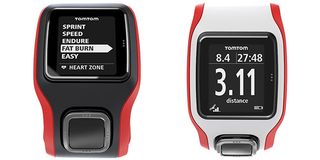
Like the TomTom Runner, the Cardio has a black-and-white interface; it isn't the most exciting, but it is easy to navigate. When not being used for a workout, the screen displays the time and date; three white dots to the right let you turn on the backlight, which remains lit for a few seconds.
Pressing the Right button on the D-pad below the display leads to three options: Run, Treadmill and Stopwatch.
If you select Run, the heart-rate sensor activates, and the watch starts looking for a GPS signal. When it finds one, the watch buzzes and emits a four-tone noise. At that point, press the Right button again to start your run.
Pressing the Up button here lets you view metrics from previous workouts. If you press the Down button, it brings you to the Training menu, where you can change the settings for each run. Here, you can choose from Goals, Intervals, Laps, Zones and Race, which lets you compete against yourself, by using a previous workout as a guide. Zones lets you select a heart rate zone (Sprint, Speed, Endure, Fat Burn, Easy and Custom).
In order to pause a workout, press and hold the Left button for three seconds. To end the workout, press and hold this same button for another three seconds.
In addition to Run, you can also select Treadmill and Stopwatch, neither of which activates the Cardio's GPS radio, and instead relies on the accelerometer and heart rate monitor.
Mobile App

We're happy to see that TomTom developed a mobile app, which lets you sync data from the TomTom Cardio without having to connect it physically to a computer.
The TomTom MySports app is straightforward. The home screen shows all your previous activities, arranged by date. A button at the top left lets you change account settings, and check the watch status and data settings. A small icon in the upper right shows if the watch is currently paired with your phone.
After we paired the watch with our iPhone 5s, the app was a bit slow to sync data; it often took more than a minute. We also found that you can't set the Cardio on the time and date screen if you want to pair it.
Selecting one of the activities brings up more-detailed information, such as calories burned, elevation, heart rate and a map showing where you ran. Below the map, a set of charts displays your elevation, pace and heart rate over the course of the workout. You can zoom in and select any individual point on any of the charts to see more metrics for that point in time. It's a great addition, but we found it easier to use on the iPad version of the app, as the charts were larger.
All the data synced with the mobile app also gets uploaded to your TomTom mySports account online, where you can view the same charts. The Web site, too, is colorful, well laid out and informative, but as with the mobile app, we wish it would show our split times.
Also missing from both the mobile and Web app is a way to easily share your accomplishments via Twitter or Facebook.
MORE: 15 Best Fitness Apps
Heart Rate Monitor

The killer feature of the Runner Cardio, of course, is its built-in heart-rate monitor. When you first use the watch, it estimates your maximum heart rate based on your age, height and weight.
As mentioned earlier, the Cardio sets five heart rate zones based on your max heart rate: Sprint (for interval training), Speed (for high-tempo training), Endure, Fat Burn and Easy. You can manually adjust these zones, as well as your max heart rate.
We like that the watch prominently displayed our heart rate, but wish it would beep or buzz when we dropped below or went above a specified zone. For all the Samsung Gear 2's other limitations, this was one feature we liked on that device.
Performance
The TomTom Runner Cardio proved accurate as we went on several runs, including the Brooklyn Half Marathon. The watch measured the distance at 13.19 miles, 0.9 miles longer than the course, but only because we started timing slightly before the actual start line.
During the course of the runs, it was easy to read the display and switch the screen so that different metrics appeared in the prominent spot. Reading the smaller numbers at the top of the screen proved trickier.
Overall, we liked using the watch, but wish it would beep and buzz and show the elapsed time and average pace at the end of each mile. If you set the Runner Cardio to Laps mode (and set each lap to 1 mile), it will perform this action, but we wish it were automatic, like it is on the Garmin Forerunner 220.
Storage
The Runner Cardio can store around 27 hours' worth of workout data if you aren't using any sensors, 24 hours with the heart rate sensor, and 19 hours with both the heart rate and GPS sensors. As soon as you upload the data using either the mobile or Web app, the data is removed automatically from the watch.
Battery Life
As a result of the added heart rate sensor, the Runner Cardio's battery lasts 8 hours using GPS and the heart rate monitor. That's about 2 hours less than the original TomTom Runner as well as the Garmin Forerunner 220, but it will still get you through a marathon.
Verdict
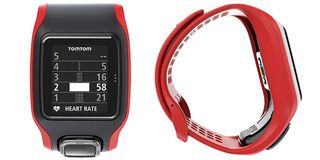
The days of the chest strap are over. The $279 TomTom Runner Cardio effectively integrates a heart rate monitor into a GPS watch, without sacrificing much in the way of battery life or design. While we like that the Garmin Forerunner 220 displays your splits and has a (slightly) more colorful display, there's no arguing that, for just $20 more, the TomTom Runner offers much more data, letting you get the most out of your runs.

Michael A. Prospero is the U.S. Editor-in-Chief for Tom’s Guide. He oversees all evergreen content and oversees the Homes, Smart Home, and Fitness/Wearables categories for the site. In his spare time, he also tests out the latest drones, electric scooters, and smart home gadgets, such as video doorbells. Before his tenure at Tom's Guide, he was the Reviews Editor for Laptop Magazine, a reporter at Fast Company, the Times of Trenton, and, many eons back, an intern at George magazine. He received his undergraduate degree from Boston College, where he worked on the campus newspaper The Heights, and then attended the Columbia University school of Journalism. When he’s not testing out the latest running watch, electric scooter, or skiing or training for a marathon, he’s probably using the latest sous vide machine, smoker, or pizza oven, to the delight — or chagrin — of his family.
-
H0urg1ass Wahoo Fitness App on my iPhone 5s + Wahoo TIKR wrist strap.Reply
Costs less than 1/4 of what this watch costs, interfaces through bluetooth with a phone that I already own, and uploads my run info to one of 12 different web sites. Also designed to work for bikers and mountain bikers.
TomTom again with their typically overpriced products that don't do half of what other products that have less advertising are already capable of.
The only advantage the TomTom has is with swimmers, and even in that arena two of my brothers are state champion swimmers and wouldn't dare strap a piece of plastic to their wrists during competitive swimming. -
H0urg1ass Wahoo Fitness App on my iPhone 5s + Wahoo TIKR wrist strap.Reply
Costs less than 1/4 of what this watch costs, interfaces through bluetooth with a phone that I already own, and uploads my run info to one of 12 different web sites. Also designed to work for bikers and mountain bikers.
TomTom again with their typically overpriced products that don't do half of what other products that have less advertising are already capable of.
The only advantage the TomTom has is with swimmers, and even in that arena two of my brothers are state champion swimmers and wouldn't dare strap a piece of plastic to their wrists during competitive swimming.
